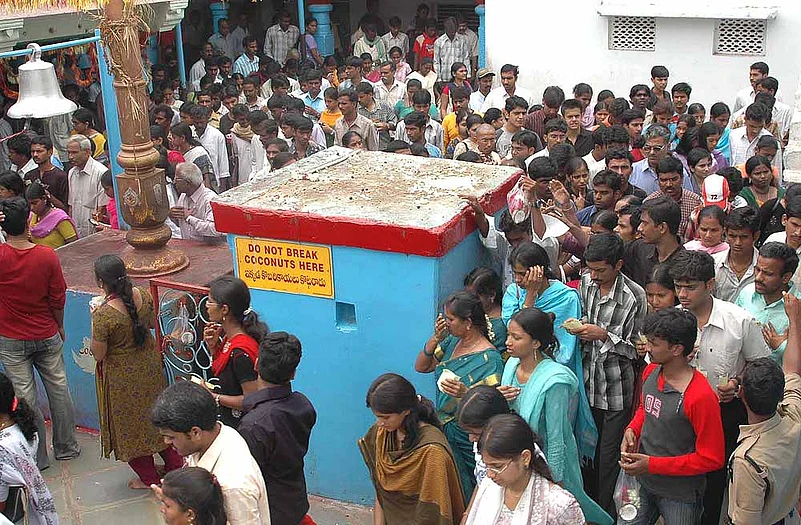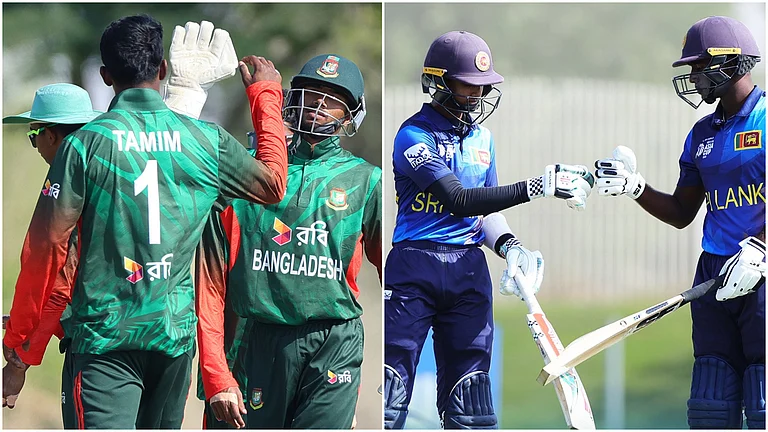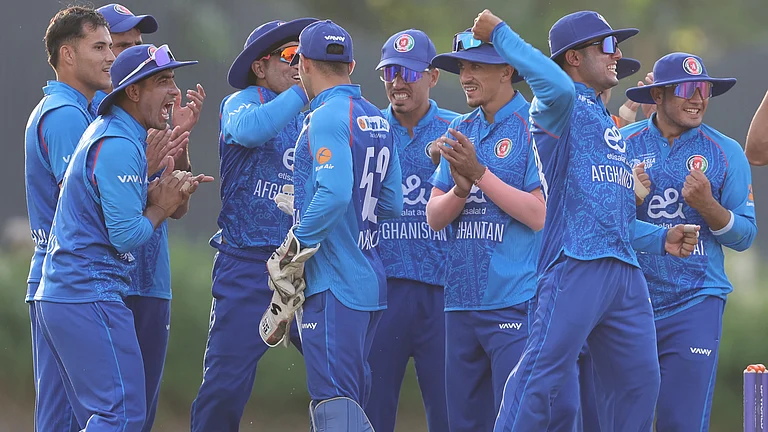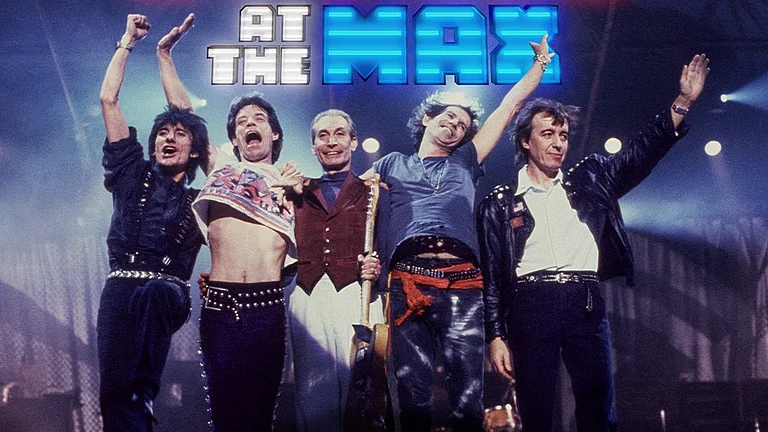For a ticket to the US, there’s the travel agent. For a smoother passage, the Hyderabadi visits Visa Balaji. The Chilkur Balaji Temple, near the Osmansagar lake, is the court of appeal for the many engineering students of the several colleges here. So whether seeking an entry to the US, pursuing higher education or landing a job, it is up this hillock they trudge and around this deity they take 11 pradakshinas while making a wish and another 108 when the wish is fulfilled. The Lord Venkateswara Temple is also the next best stop for those who can’t go to Tirupati.
Access to the lord is also much easier here, given that it has no hundi, and therefore no tickets for puja or darshan, and no VIP queues. The two families which manage the temples—of Madabhushi Soundararajan and Srinivasa Raghavachary—preferred to do away with the hundi after the government laid down a rule that temples with incomes of over Rs 50,000 per annum be brought under the control of an executive officer. “So in 2001,” says Soundararajan, also the chief priest of the temple, “we decided to abolish the hundi. Since we had no income, the government decided to stop its interference. By the grace of the ‘Swami’, we have been running it successfully for 12 years. We manage the temple with donations by devotees for the puja material and sell magazines and other literature for salaries.”
The temple sees an average of 4,000 devotees a day, though the rush is far greater on public holidays and weekends. To help you keep track of your pradakshinas, temple officials give you a piece of paper where you can strike off numbers as you complete each round.
The tradition of pradakshinas caught on sometime in 1983-84 when one of the archakas, Gopalakrishna, circumambulated 11 times around the deity as a well was being dug. As soon as he completed the 11the round, there was news of some water being struck. Gopalakrishna then went on to complete another 108 rounds in gratitude. “Following this, water came gushing out, indicating that the Lord was pleased,” says Soundararajan.
The main deity is black in colour and called the saligrama roopa Govindam. “The temple is said to be older than the Golconda Fort,” says Soundararajan. “You can even find a bit of Islamic architecture near the garbha griha. This means the masons who built the fort worked on the temple as well.”


























